Although I (immodestly) think that every grandmother should have a copy of my book, SUPER GRANNY: GREAT STUFF TO DO WITH YOUR GRANDKIDS, I would also like to bring to your attention some of the other great books about grandparenting. Probably the most authoritative one for general readers is THE GRANDPARENT GUIDE: THE DEFINITIVE GUIDE TO COPING WITH THE CHALLENGES OF MODERN GRANDPARENTING by Arthur Kornhaber, M.D. (Contemporary Books/McGraw-Hill, 2002)
Although this comprehensive book was published more than six years ago, it has managed to stay remarkably helpful and relevant. Written by a grandfather who is the leading authority about grandparenthood today, it covers more than fifty topics, including such contemporary issues as long-distance grandparenting, relationships with the grandchildren’s parents, divorce – of parents and of grandparents, stepgrandparents, legal issues around grandparent visitation rights, and gay and lesbian grandparents.
Despite the huge minute by minute changes in technology these days, Dr. Kornhaber covered most of the basics of becoming computer-literate -- to be able to email, take and send digital photos, and play computer games. And recognizing that no book can stay up-to-date in the fast evolving world of cyberspace, the author refers readers to several websites to find current information. (Even though SUPER GRANNY was as current as possible at the time of writing, I too send readers to websites to stay current.)
One website dear to Dr. Kornhaber’s heart is www.grandparenting.com, which takes you to the Foundation for Grandparenting, which he founded more than thirty years ago, to promote the importance of grandparenting. It explores ways that elders can apply their wisdom and experience to help their own children and grandchildren, as well as the wider community. The foundation conducts and reports on research about the grandparent-parent-grandchild bond and its far-reaching effects. It also sponsors such national and international programs as grandparenting conferences, grandparent-grandchild summer camps, hospital programs for expectant grandparents, and Grandparent Days in schools.
Sparkler Pencils
1 week ago











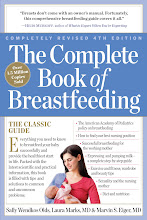







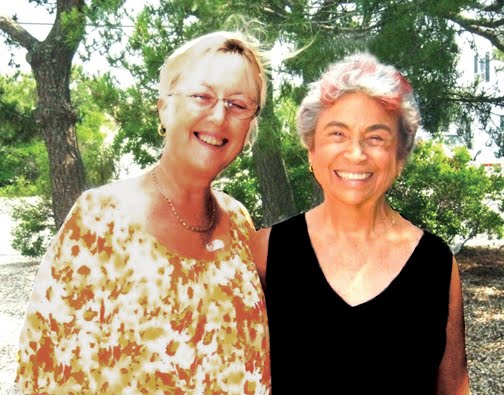.jpg)
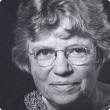


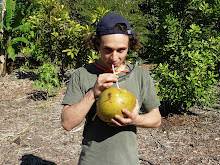

.jpg)
.jpg)
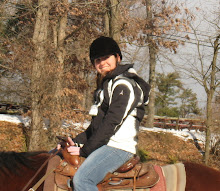.jpg)
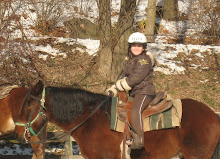.jpg)
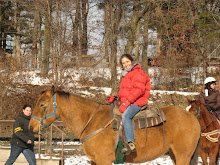

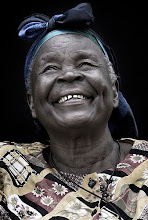

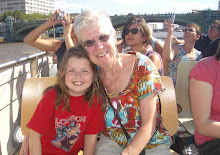.jpg)






.jpg)